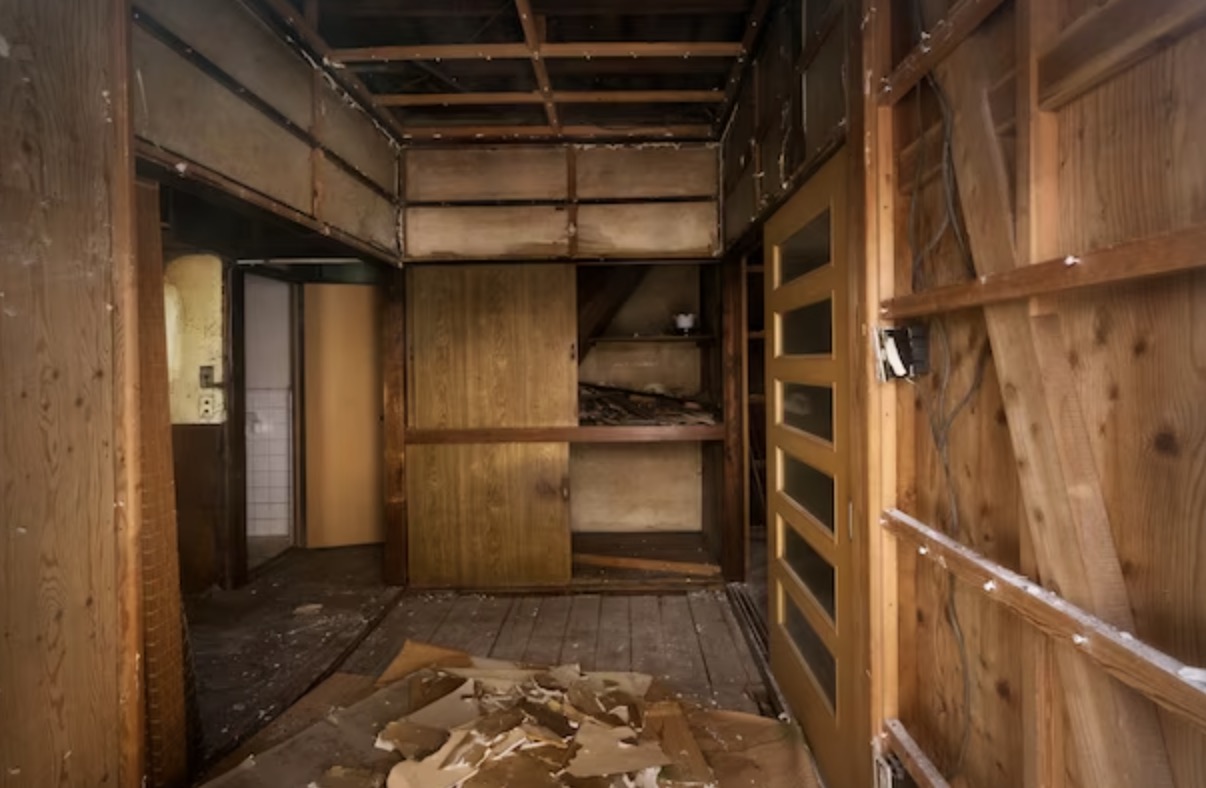Dealing with pests in your basement can be annoying and a health hazard. Pests like mice, rats, cockroaches, spiders, ants, and silverfish often find their way into basements through small cracks and crevices. They are attracted by warmth, water sources, and potential food. An infestation can quickly get out of hand, so it’s important to take action as soon as pests are spotted.
The good news is that there are many effective methods to kick them out and keep them from returning. In this article, we will explore the best ways to identify common basement pests, prevent them from entering, and get rid of existing infestations.
KEY TAKEAWAYS
- Identifying the type of basement pests you have allows you to use the most effective control methods against them.
- Sealing up cracks, fixing moisture issues, and good sanitation practices help prevent pests from entering in the first place.
- Traps, pesticides, and natural methods can remove current pest infestations in a basement.
- Diligent prevention habits and monitoring for signs of reentry with the help of a pest management company are needed to keep pests from returning after removing them.
Identifying Common Basement Pests
Knowing what kind of pests you are dealing with will help you use the right control methods. Mice and rats leave small droppings, cause gnawing damage, and create nests from shredded paper and fabrics. Listen for scurrying noises on walls and ceilings to detect mice and rats. Cockroaches hide in cracks during the day and come out at night.
Try to also look for cockroach egg cases and a musty odor, and you may spot their shredded exoskeletons. Spiders, ants, and silverfish are often found trailing along baseboards, pipes, and other hidden spaces in a basement. Ants leave small mounds of dirt near their entry points.
Centipedes and millipedes, on the other hand, have long segmented bodies with many legs. Centipedes move quickly and have poisonous bites, while millipedes curl up when disturbed. Being able to identify the type of invader is the first step toward getting rid of basement pests.
Preventing Pests from Entering
An ounce of prevention is worth a pound of cure when it comes to managing basement pests. Here are some tips to keep them from sneaking in:
- Seal any cracks in the foundation and around pipes or wiring with caulk. Weatherstrip entry doors and windows. Door sweeps can help block gaps in access.
- You can also install screens over air vents and drain covers over floor drains. Clean up water leaks quickly to avoid attracting pests. Store food in airtight containers and take out trash regularly.
- Also, keep the basement clean and dry. Fix any moisture issues like leaks or condensation. Remove stacks of clutter and cardboard that offer hiding spots.
- Trim back any shrubs or vegetation touching the house exterior. Pull mulch and woodpiles away from the foundation. Address exterior lighting issues that could attract nighttime pests.
Natural Pest Control Methods
For a non-toxic approach to controlling basement pests, there are several natural options available. Diatomaceous earth, which cuts up the exoskeletons of crawling insects, can be lightly sprinkled along baseboards and entry points.
Mixing up a spray solution of water, borax, and sugar will eliminate ants and cockroaches as they ingest it. For silverfish, borax, and sugar can be used as dust in their hiding spots. Essential oils like peppermint, citrus, and tea tree also act as repellents when soaked into cotton balls and placed strategically around the basement.
Introducing predatory insects like ladybugs or praying mantis eggs can also take care of infestations without the use of chemicals. Electronic pest-repelling devices that use light beams or electromagnetic waves are likewise available, though their effectiveness is debated.
Preventing Pests from Returning
To prevent basement pests from returning after removing an infestation, diligence is required. Prevention habits like sealing up entry points, fixing leaks, cleaning regularly, and proper food storage must be maintained.
Regular inspections for signs like droppings and listening for noises can identify renewed pest activity. Setting out sticky traps also helps monitor for pests. If any do reappear, quickly treat them again before they can multiply.
It’s also important to identify and correct any conditions that allowed pests to access the home in the first place. Repeated applications of insecticides or continued trapping may be needed, especially during seasons when pests are most active.
Calling a Professional
In certain situations and when DIY pest control methods don’t work, it’s best to call in a licensed pest control company. For severe infestations that have gotten out of control, professionals have access to stronger chemical treatments and application methods.
They can also access hard-to-reach areas in walls or under subfloors that may harbor pests, which may require drilling or cutting inspection holes. Professionals know how to safely remove dangerous pests like wasps, bats, and raccoons that homeowners should not handle themselves.
You can also have pests accurately identified by species so that removal methods can be tailored accordingly. Lastly, if you are short on time or not comfortable implementing DIY pest control, a professional can take care of the process from start to finish.
In a Nutshell…
Dealing with basement pests takes work, but it is worth it for your health, sanity, and home value. Staying on top of prevention, regularly inspecting, and using removal methods ranging from simple trapping to professional chemicals will help you kick out current pests and keep new ones from inviting themselves in. With diligence and persistence, you can claim a pest-free basement once and for all.






